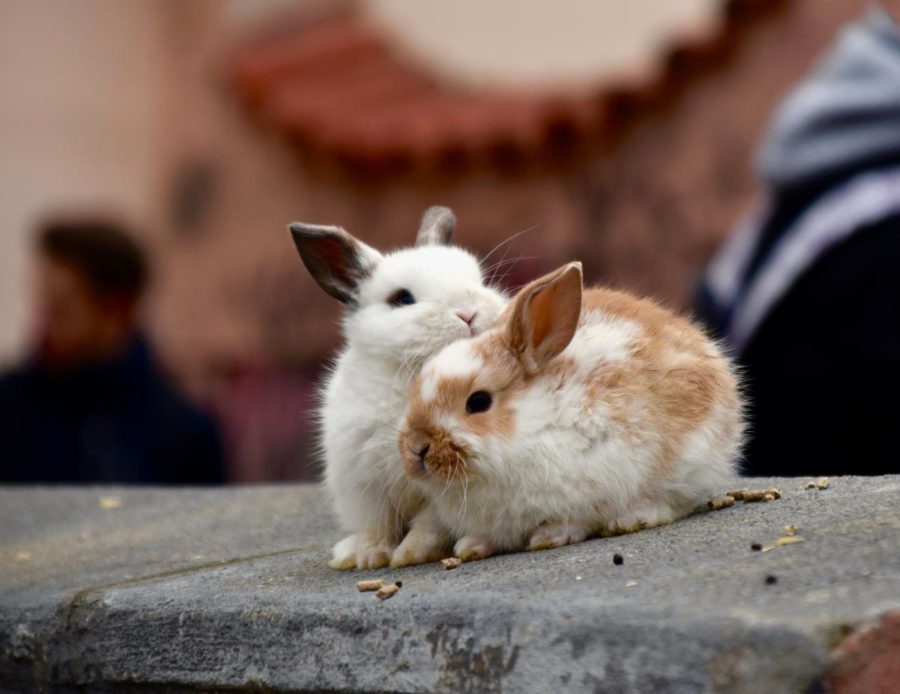The Bunny Museum
November 30, 2022
There are many museums across the world that showcase artifacts or collections displaying heritage and human history. There are, however, some exceptional museums that instead portray unique collections. One of which is the Bunny Museum in Altadena. It is often known for having the world’s “largest collection of rabbit related items.
With over 45,000 bunny-related items exhibited under different styles of sortations and arrangements, this museum is dedicated to not only the collection but also the historical aspects of the bunnies.
Across Lake Ave., the museum can often be seen as concealed as with other typical houses. But it’s also distinct enough that you can easily spot the bunny sculptures placed all throughout the grey-blue rectangle house in various positions. Unlike other museums, no reservation is needed. The Bunny Museum, however, charges a $12 admission fee and rigorously abides by COVID-19 restrictions because it is home to so many bunnies, each of which was important to a certain culture or period of history.
The museum was opened in 1998, and now has 24 years worth of history. And all of those amazing elements cannot be beautifully portrayed without the dedications of the founders—Candace Frazee and Steve Lubanski. When I visited the museum, they were helpful and welcoming during my entire tour, and indicated that the museum is also built as a result of their love story. Their relationship was filled with bunny-related items at first, including the carrot cake that they had at their wedding. Later on, they opened the museum to the public after years of accumulation because they have always been captivated with gathering those objects.
There are so many different types of bunnies packed in a few rooms, including toy, stuffed, porcelain and piata bunnies. Toy, plush, porcelain, and piata rabbits are just some of the varieties jam-packed into a few rooms. Each one has its own distinct style and time period of origin. And there will always be sidenotes provided if you want to learn more about any bunny type or collections. The character of the bunny may be as well-known as the Easter Bunny, or it could be as obscure as the rabbits in unpopular cinemas. There’s even a scary-movie bunny collection room that kids under 13-years-olds are prohibited from.
And of course, real bunnies do live in the bunny museum! When I went, I was being told about the special pantry closet room that holds the existence of real bunnies. The room presented a home presence, and the two bunnies I saw seemed to rest casually. There’s also a cat sitting on that couch watching TV, holding a peaceful conversation with all of its surroundings.
“When I think of museums, I think of history”, expressed Arcadia High School (AHS) sophomore Fiona Guan. “Even The Bunny Museum is also focusing on history in some way, it is really unique in its own way. It makes me interested in learning more of that because I genuinely really like bunnies.”
At the same time, AHS junior Disha Ramanujam saw the museum as an educational exhibit as it “demonstrates the importance of bunnies in our environment”.
By serving the objectives that “bunnies are not just special for Easter. Bunnies are a part of our everyday lives from literature to film to advertising to slang,” the museum illustrates its own distinctiveness and perspective on the world by showcasing the diversity of rabbits. If you want to learn more about bunnies, or find a museum that offers a different feel, the Bunny Museum will never be closed.
Photo Courtesy of UNSPLASH.COM

